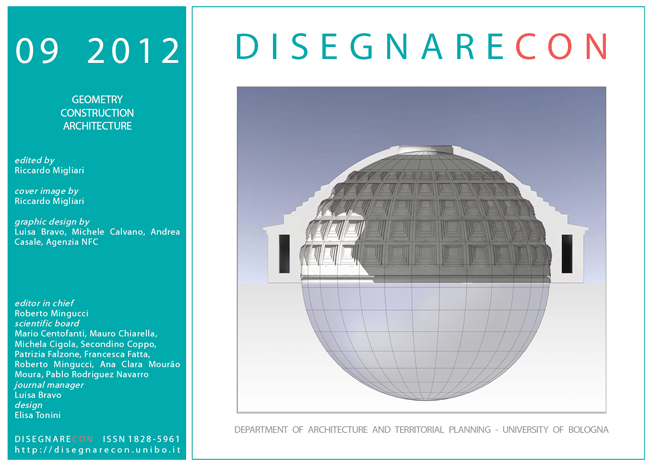Geometry - Construction - Architecture
DOI:
https://doi.org/10.6092/issn.1828-5961/3145Keywords:
geometry, construction, architectureAbstract
Geometry, in Drawing, is suffering from a profound crisis, more than other disciplines of the area, and this crisis has confined it, according a few, within a field of study of top-grade specialization, that only few scholars are interested in. The reason for this crisis can be found in the changes that were induced, during the last thirty years, by the advent of the information technology, but not only there. It can also be found, in my opinion, in the rightful ambition of all of us architects to carry out research, an ambition that the traditional Geometry, both descriptive and more in general graphical, could not satisfy. In fact, that part of descriptive geometry, which deals with the graphical representation on a plane of three-dimensional objects, has been outclassed by 3D modelling, both in simplicity of execution and in quality of the results. Whilst the graphical geometry has been neglected even by the mathematicians, during the axiomatic turning-point of the 1920s, a part from some exceptions - Coxeter - and a few recent reconsiderations.
Yet, geometry continues to play a leading role in drawing, in general, and in architecture, in particular, and I refer to the historical studies, to the studies of surfaces, to the relation with art and, last but not least important, to teaching.
Downloads
Published
How to Cite
Issue
Section
License
Copyright (c) 2012 Riccardo Migliari





